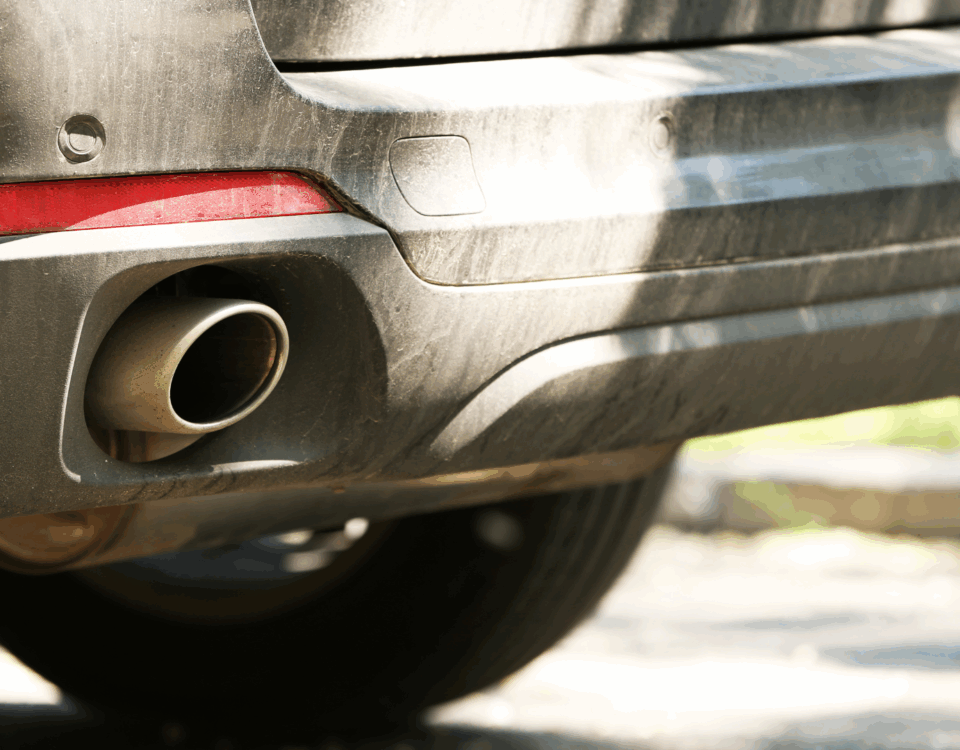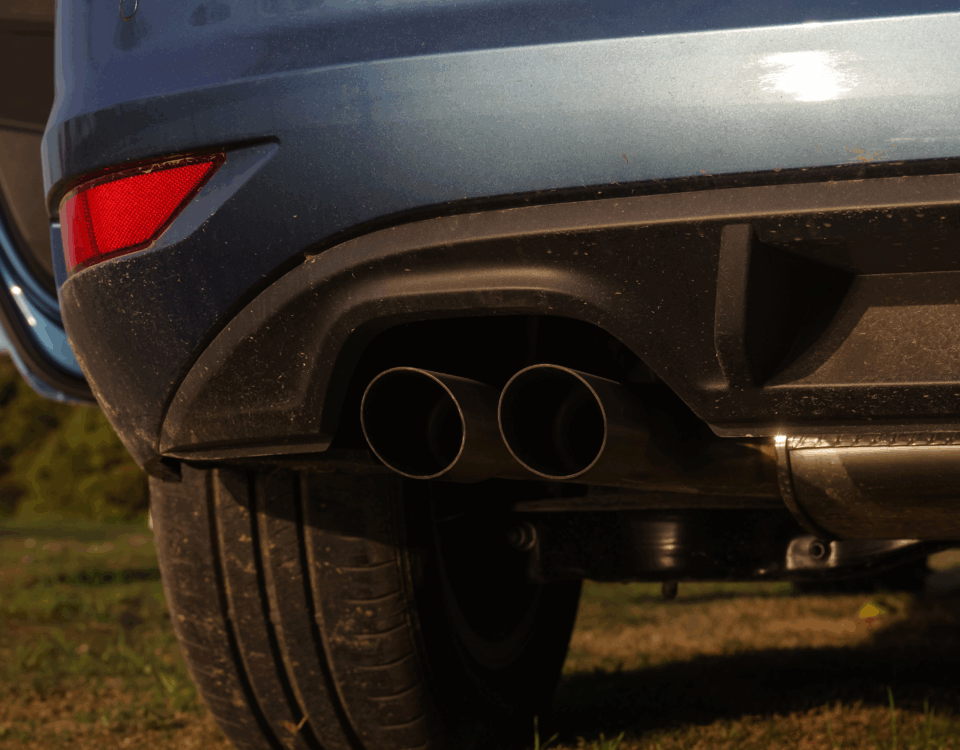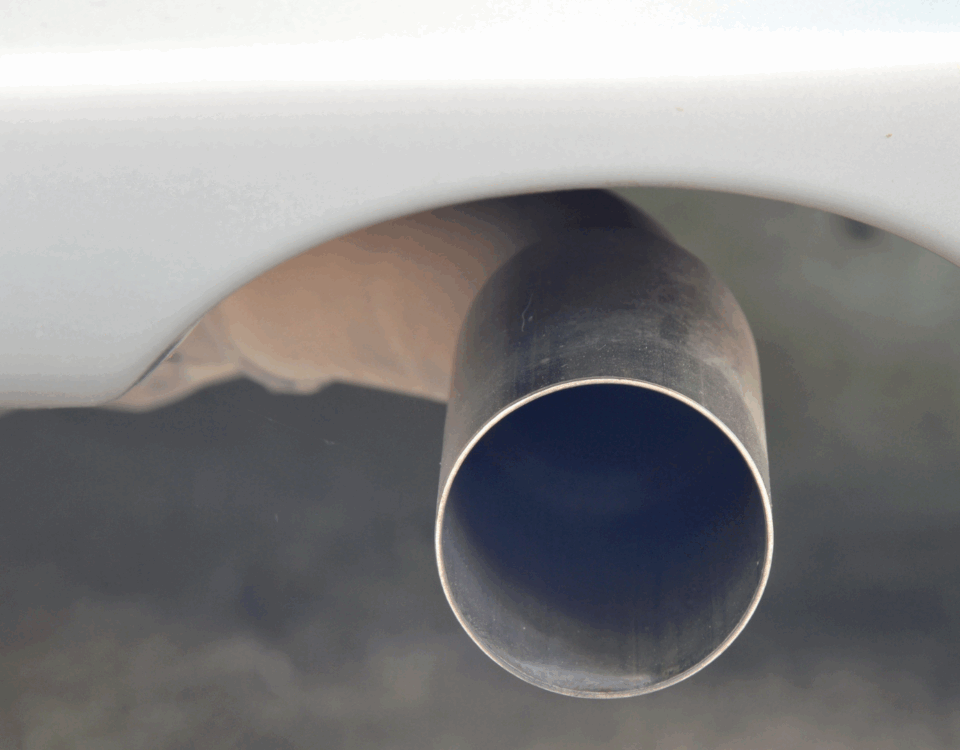Comprehending the Process of a Smog Check for Hybrid Vehicles
February 7, 2025Understanding Smog Check Regulations for Hybrid Cars
February 7, 2025Hybrid vehicles have become increasingly popular due to their fuel efficiency and lower emissions, but they are still subject to smog check requirements in many states. The purpose of a smog check is to ensure that a vehicle meets emissions standards set by regulatory agencies. While traditional gas-powered cars must undergo regular emissions testing, hybrid vehicles follow slightly different guidelines. Some states, like California, have specific regulations that require hybrids to pass a smog check after a certain number of years on the road. The test typically involves a visual inspection of emissions-related components, an onboard diagnostics (OBD) system check, and sometimes a tailpipe emissions test. Understanding the smog check process for hybrids can help vehicle owners stay compliant and avoid potential penalties.
When Do Hybrid Vehicles Need a Smog Check?
The frequency and necessity of a smog check for hybrid vehicles depend on state laws and regulations. In some regions, hybrids are exempt from emissions testing for the first few years after their initial sale. However, once they reach a certain age—typically six years in California—they must undergo regular smog checks just like gasoline-powered vehicles. Owners of older hybrid models should check their state’s emissions guidelines to determine when their vehicle will need testing. Some states may also require a smog check when transferring ownership of a hybrid vehicle, ensuring that emissions systems are functioning properly before the new owner registers the car. Staying informed about smog check requirements helps hybrid owners avoid fines and registration delays.
What Happens If a Hybrid Fails a Smog Check?
Although hybrid vehicles generally produce fewer emissions than traditional gas-powered cars, they are not immune to smog check failures. A failed smog check can result from malfunctioning emissions components, issues with the catalytic converter, or problems detected in the onboard diagnostics system. If a hybrid vehicle fails its smog check, the owner must make necessary repairs and retest the car before renewing registration. Many states offer assistance programs or financial aid to help cover repair costs for low-income vehicle owners. Addressing smog check failures promptly ensures that the vehicle remains environmentally friendly and legally compliant.
How to Prepare for a Smog Check on a Hybrid Vehicle
Proper maintenance can help hybrid vehicle owners pass their smog check without any issues. Regularly servicing the car, changing the air filter, and ensuring the OBD system is functioning properly can prevent emissions-related problems. Additionally, keeping the check engine light off is crucial, as an illuminated light can automatically result in a failed test. Driving the vehicle for at least 15 minutes before the smog check can also help ensure accurate emissions readings. Hybrid owners should consider visiting a certified smog check station that specializes in hybrid testing to ensure a smooth process.
The Future of Smog Check Regulations for Hybrid Vehicles
As hybrid technology continues to advance, smog check regulations may change to reflect improvements in emissions control. Some states are already considering modifying testing requirements to better align with modern hybrid and electric vehicle technology. While fully electric vehicles are exempt from smog checks, hybrids still have combustion engines that contribute to emissions. As environmental policies evolve, hybrid owners should stay updated on new smog check regulations to remain compliant. Understanding the shifting landscape of emissions testing helps vehicle owners prepare for any future changes in smog check requirements.
Read More:
Understanding Smog Check Regulations for Hybrid Cars
Comprehending the Process of a Smog Check for Hybrid Vehicles





